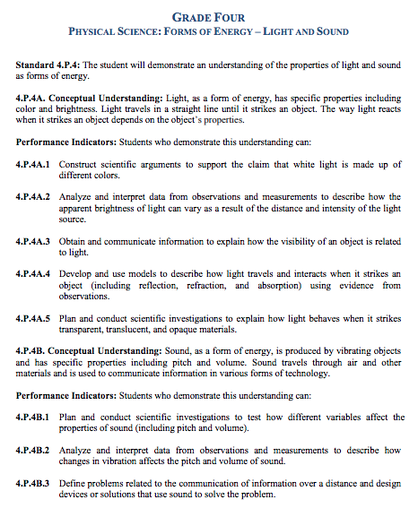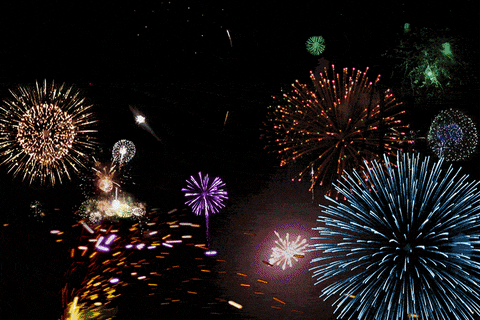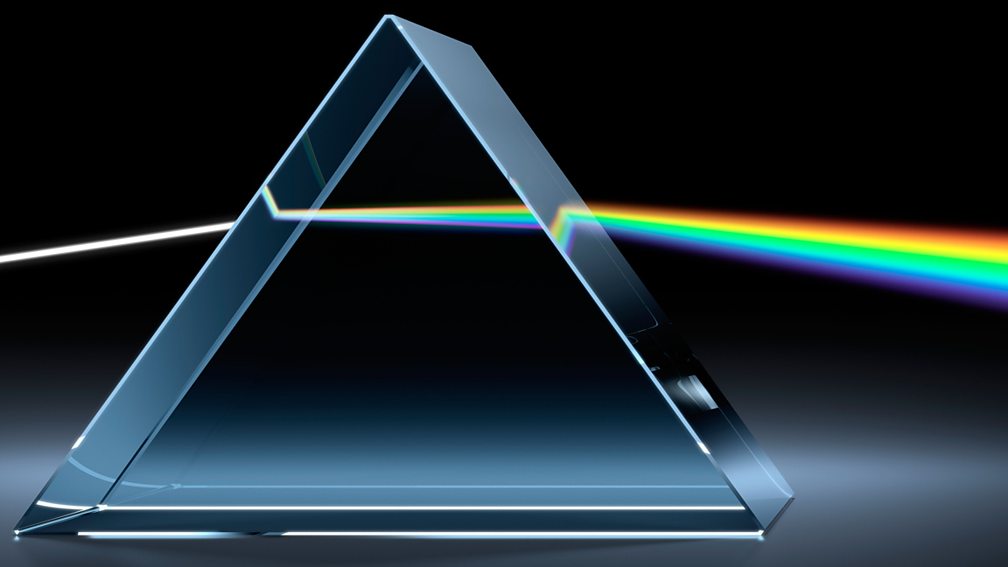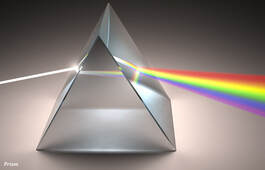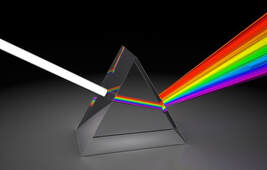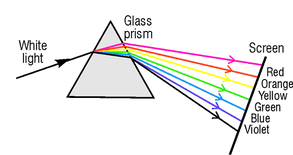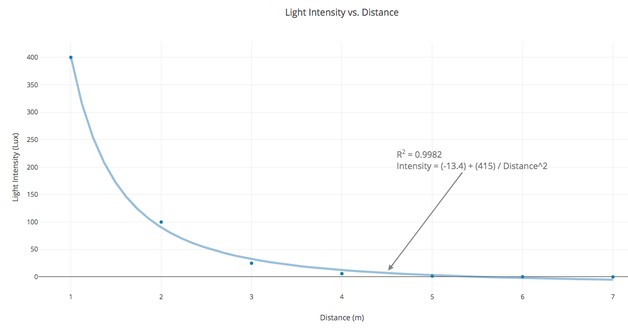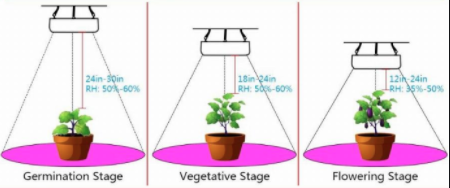|
Before we begin to learn new information about light and sound, let's think about what we may already know. In your notebook, science journal, or paper, complete the following:
|
4.P.4A.3, 4.P.4A.4, 4.P.4A.5
|
|
Complete the paragraph.
Light is a form of energy we cannot feel, but we can _____ its effects. Light comes from both natural and manmade sources. Natural light comes from the _____. The sun actually gives off 2 forms of energy - _____ and _____. The sun is so far away that it takes about ____minutes for its light to travel and reach the earth. In addition to the sun, ______ also give off light. The ______ does not give off light, it ______ the sun's light. Fire is another natural source of light. Long ago, before electricity people relied on torches and _____ to illuminate their homes. Now we rely on _____ lights, a manmade source of light. |
|
Answer the questions based on the video.
1. How does light travel? 2. What are rays? 3. Define reflection. Give an example. 4. Define refraction. Give an example. 5. When something is shiny we say it has ____. 6. How does the speed of light change when it travels through water? 7. Give an example of a transparent object? 8. Give an example of a translucent object? 9. Give an example of an opaque object? 10. What causes shadows? 11. What are 5 new ways we can manipulate light waves listed in the video |
|
4.P.4A.1
In each of the 3 pictures below, white light is shown into a prism from the left -->, and the light exits to the right .
In your journal, or notebook, write down 3 things you notice that the pictures have in common.
In your journal, or notebook, write down 3 things you notice that the pictures have in common.
Some people claim that the action of shining white light through a prism proves that white light is made of different colors. Based on what you see above, do you believe this is true? Explain your response.
|
Light travels in the form of waves. White light is a mixture of all of the different colors of light. A prism separates the colors of light in the order of their speed of travel. Red light travels the fastest, orange the next fastest...violet is the slowest. |
4.P.4A.2
|
Scientists measure how bright or how strong a light is, its intensity, in units called Lux. In the graph you see how the distance away from a light source affects its intensity.
At a distance of 1m, light intensity is 400 Lux. At a distance of 2m, light intensity is _____ Lux. At a distance of 3m, light intensity is _____ Lux. At a distance of 6m, light intensity is _____ Lux. |
Write a summary statement about how light intensity changes as the light source is moved further away.
4.P.4B.1, 4.P.4B.3
Before you watch the video below, pay attention to all of the sounds you hear. Write them down.
Watch the video below for a brief introduction to sound.
Watch the video below for a brief introduction to sound.
|
Watch the video and answer the questions below. 1. All sounds are made by ______. 2. How are vibrations are made? 3. Vibrations make the _____ move to generate sound. 4. Write a summary of the instructions for making a string phone. 5. Explain how a string phone works. Think of and describe 3 different ways you might be able to improve your string phone. |
|
4.P.4B.2
An important property of sound is pitch. Pitch is described as how low or high a sound is.
Low sounds are like a growling animal or a tuba. High pitched sounds are like soprano singers or squeaky toys.
Click here to try the keyboard and experience high and low pitch sounds.
- - - - -
Next try the online oscilloscope.
Using your voice, make a low pitch sound and click freeze live input. Draw a diagram of the graph.
Next, make a high pitch sound and click freeze live input. Draw a diagram of the graph.
How do the graphs compare?
What do you learn about sound from this exercise?
- - - - -
See more sound wave demonstrations in the video below.

